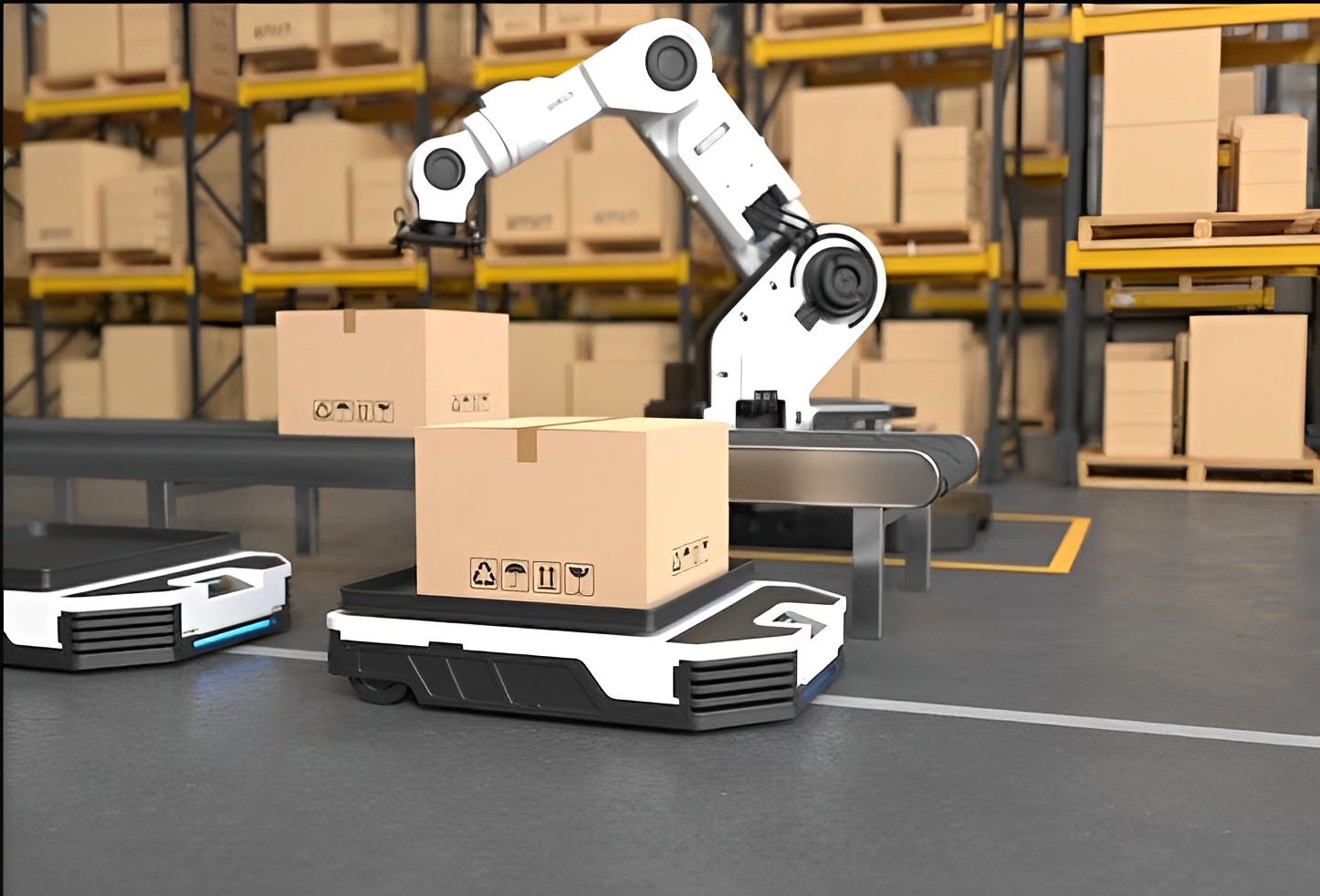Data is one of the best resources an established business or a startup must frequently leverage. It can be structured or unstructured, with the latter being more challenging to process. However, it is readily available to any business in virtually any industry, no matter the location.
Companies are constantly producing mountains of data. These datasets depict the customer engagement sessions. They can also track financial transactions or marketing campaigns with contextual hints. Moreover, you can customize them for operational metrics. Likewise, analytics focusing on supply chains and inventory management will be more crucial to your enterprise.
In all cases, what really matters is deriving actionable insights from volumes of such data. Those insights must inform all strategic decisions. This post will discuss the essentials of harnessing business insights and transforming data into strategic decisions.
How Do the Leaders Utilize Business Insights for Strategy and Decision-Making?
Data-driven decision-making enhances accuracy. After all, it reduces human errors and biases. That helps businesses responsibly tackle dynamic market challenges. Meanwhile, with predictive analytics, companies can forecast future trends.
Furthermore, improving resource allocation becomes more straightforward due to related business insights solutions. All organizations must compare and employ the best data strategies for meaningful insight discovery. Doing so will offer multiple benefits. For instance, actionable insights into operational inefficiencies help every firm optimize costs.
Enterprise data assists in identifying, sorting, and eliminating waste. You can also visualize it to brainstorm waste reduction ideas for better future outcomes. Note that many inefficiencies might be inevitable when a business starts its journey. However, appropriate data practices will excel at addressing underperforming workflows.
Finally, modern marketing personalization is possible only with machine learning (ML) and qualitative data. The former is essential due to ever-growing data gaps in analytics tools. For example, a flawed cookie consent management system could hurt the quality of your on-page marketing analytics data. ML tools help brands rectify the resulting data gaps by estimating the most likely values per metric.
How Businesses Convert Data into Actionable Insights
Multi-phase techniques dominate supply chain analytics, human resource information systems (HRIS), and market research consulting. Accordingly, the following are the steps involved in turning data into practical business insight.
Step 1: Data Acquisition
This involves gathering data from different sources, which are listed below.
Databases of customer order histories,
Sales team interaction records,
Competitors’ social media profiles,
Industry magazines,
Academic research journals,
One-on-one interviews,
Post-purchase support call recordings,
News platforms, etc.
Not to miss out on innovations like IoT or EHR. In a few industries, such as healthcare, they offer complete data.
2 Quality Control and Data Cleansing
Integration to a centralized ecosystem, primarily as an ETL pipeline, enables instant data integration. Business insights are rarely realized by this headlong approach. Data professionals want to inspect data relevancy and avoid silos of data that can limit the generation of insight. Therefore, global companies use data quality management (DQM) methods.
Step 3: Data Analysis
Advanced analytics tools harness automation as well as applications of ML models for the same. Big data, predictive analytics, context recognition, and metadata analyses compose new strategies for extracting novel insight. This explains why users can rapidly differentiate between statistical correlations and actual causation.
Step 4: Data Visualization
Dashboards, Graphs, and Reports will provide a quick understanding of the insights arising from it. Tools such as Power BI, Tableau, or Google Data Studio can effectively simplify and streamline complex dataset interpretation.
Step 5: Documenting Recommendations
The last or fifth step would involve translating the discovered business insights into actionable recommendations for change. Such recommendations let various decision-makers subsequently make changes in operations with such strategies implemented to improve operational measures. For instance, customer experiences can be improved. Alternatively, new market opportunities can be capitalized on.
Industry-Specific Data-Driven Decisions
1. Retail: Hyper-Personalization of Customer Experiences
The retail industry has undergone a complete transformation. The shop floor is no longer where buyers will look and buy. This situation is indeed a result of the increased demand for e-commerce and data on consumers. Therefore, companies are applying data analytics to understand what a customer wants for hyper-personalization of shopping experiences.
Remember, detailed targeting increases customer satisfaction and pushes sales figures higher and customer retention rates.
In addition, brick-and-mortar stores use data collected from sensors, cameras, and loyalty cards. Doing so helps analyze traffic patterns, space allocation, and stock replenishment. Similar data strategies are helpful in offering an exceptional and memorable in-store experience. Online and offline retailers can also examine product demand or competition.
2. Health Care: Improved Patient Care
Data analytics are being applied in the healthcare sector to help analyze better patient care, smooth out operations, and decrease costs. In that respect, hospitals and healthcare providers gather enormous amounts of data from EHR, patient monitoring devices, and clinical trials.
Mayo Clinic, for instance, applied predictive analytics to identify readmission and postoperative complication risks in its patients. It was able to use historical patient data to predict any form of health risk that may develop. Its team could intervene just in time to reduce potential healthcare costs and improve patient outcomes.
Companies selling pharmaceuticals use data to move forward on drug discovery and development. In an analysis of clinical trials, extensive data analyses can be performed to indicate new potential candidates for drugs. Stakeholders can also predict side effects or introduce new treatments much earlier.
3. Finance: Risk Management and Investment Strategy Optimization
It has always been a practice in the finance industry to make investment decisions and manage a large amount of risk using data. Real-time processing of massive datasets through big data and advanced analytics by financial institutions provides for faster decision-making with accuracy.
For example, investment firms use predictive analytics to predict the trend of the stock market. This activity relies on the evaluation of specific economic indicators. Accordingly, financial professionals will formulate more efficient portfolio management strategies.
4. Manufacturing: Production and Supply Chain Optimization
In manufacturing, data-driven insights are particularly treasured in optimizing production processes and streamlining supply chains. Manufacturers obtain data from sources ranging from sensors that feed from the IoT to the machines and production lines about the performance of equipment, inefficiencies, and the time when it needs maintenance.
For instance, Siemens employs data analytics to adopt predictive maintenance in its factories. Based on sensor data from machinery, the company can predict when equipment is most likely to fail. Later, the executives will schedule the maintenance efforts before it actually breaks down. This approach helps minimize downtime and reduce costs for more effective maintenance.
Conclusion
Getting actual business insights might require significant computing resources. However, business insights tools are popular across industries. They make it possible to improve customer experience using solid evidence that describes their motivations.
With the collection and analysis of data, companies will be able to make better, more effective decisions. They will become more outcome-oriented. As a result, leaders can build sustainable competitive advantages. That is why harnessing business insights is integral to modern strategic decisions.
The post Harnessing Business Insights: Transforming Data into Strategic Decisions appeared first on Datafloq.



